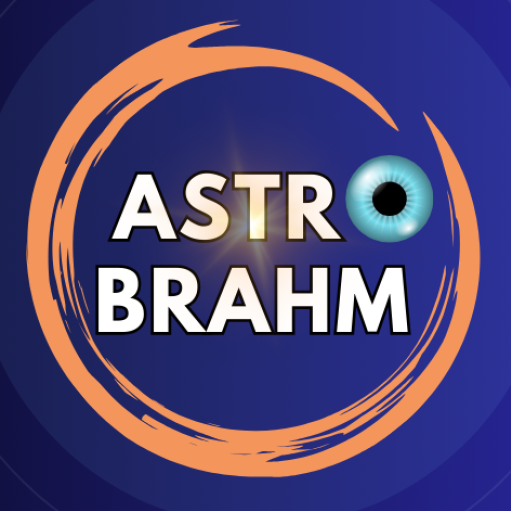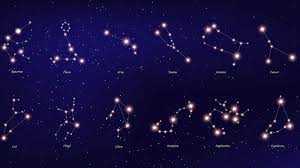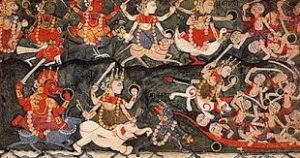Dating techniques in astrology are methods used to determine the timing of significant events in an individual’s life, including relationships, marriage, and compatibility. These techniques rely on analyzing planetary movements, transits, and positions in relation to an individual’s natal chart. Below, I’ll explain these techniques in detail with examples and a tabular summary.
1. Transit Method
Transits involve the current movement of planets in relation to the positions in an individual’s natal chart. Planetary aspects, especially from Venus, Mars, and the Moon, are often studied for relationship timing.
Example: If transiting Jupiter makes a harmonious aspect (e.g., a trine) to your natal Venus, it could indicate a favorable time for relationships or meeting someone new.
2. Progressions
Progressions are a symbolic method where each day after birth represents a year of life. Secondary progressions are commonly used to study the evolution of an individual’s chart.
Example: If your progressed Venus moves to conjunct your natal Sun, this could signify an important period for romantic relationships.
3. Solar Return Chart
A solar return chart is created for the exact moment the Sun returns to its natal position each year. It gives insights into the themes of the year, including relationship potential.
Example: If the 7th house (partnerships) is prominent in the solar return chart, it suggests relationships will be a key focus for that year.
4. Dasha and Planetary Periods (Vedic Astrology)
In Vedic astrology, the Vimshottari Dasha system is used to determine life events. Each planetary period (dasha) reflects different influences.
Example: If someone enters the Venus Mahadasha (main period) or a sub-period (Antardasha) of Venus, it often signifies a period when relationships or marriage are likely.
5. Synastry and Composite Charts
These are techniques used in relationship astrology to study compatibility and timing.
- Synastry: Analyzing the interaction between two natal charts.
- Composite Chart: Combining two charts into one to understand the relationship dynamic.
Example: In synastry, if one person’s Venus conjuncts the other’s Mars, it indicates strong romantic attraction.
6. Eclipses
Eclipses often signal significant life changes. Eclipses falling in your 5th (romance) or 7th house (partnerships) can indicate pivotal developments in relationships.
Example: If a solar eclipse occurs in your 7th house, it might signify the beginning of an important partnership.
7. Timing Through Nakshatras (Vedic Astrology)
Nakshatras (lunar mansions) are used in Vedic astrology to predict auspicious times for relationships. Specific nakshatras like Rohini, Pushya, or Swati are considered favorable.
Example: A marriage performed when the Moon is transiting a benefic nakshatra enhances harmony and longevity.
Tabular Summary of Dating Techniques in Astrology
| Technique | Description | Example |
|---|---|---|
| Transit Method | Analyzing current planetary movements in relation to the natal chart. | Jupiter trine Venus signals romantic opportunities. |
| Progressions | Symbolic movement of natal planets to analyze life evolution. | Progressed Venus conjunct Sun marks relationship milestones. |
| Solar Return Chart | Annual chart showing yearly themes, including partnerships. | 7th house emphasis in solar return signifies relationship focus. |
| Dasha Periods | Vedic system analyzing planetary time periods for relationship events. | Venus Mahadasha highlights romance or marriage possibilities. |
| Synastry/Composite | Study of two charts for compatibility and timing. | Venus conjunct Mars in synastry denotes strong romantic attraction. |
| Eclipses | Events signifying major life changes, especially in key houses. | Solar eclipse in 7th house marks new partnerships. |
| Nakshatras | Lunar mansions used for timing auspicious relationship events (Vedic astrology). | Marriage under Rohini Nakshatra enhances harmony. |




